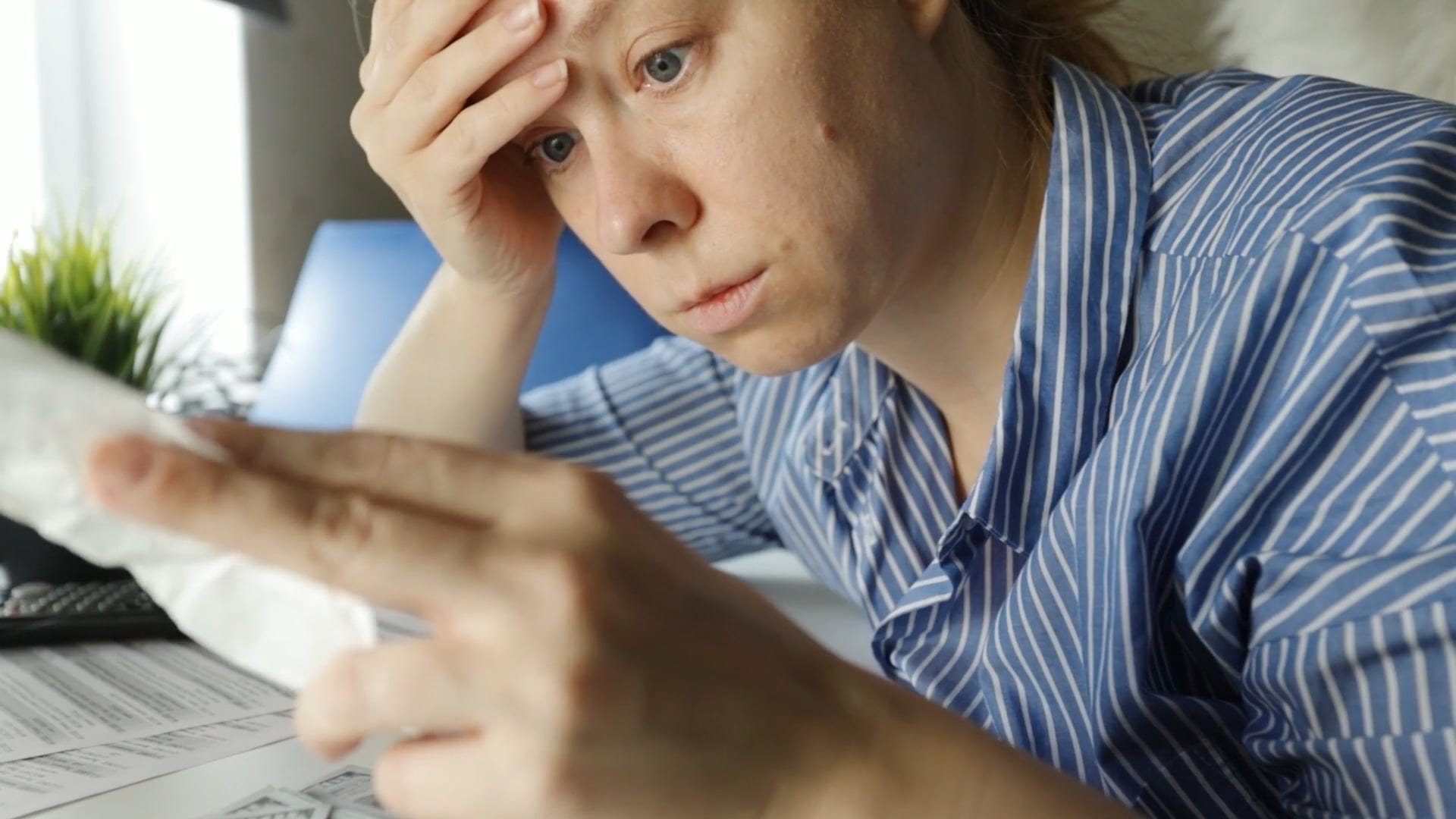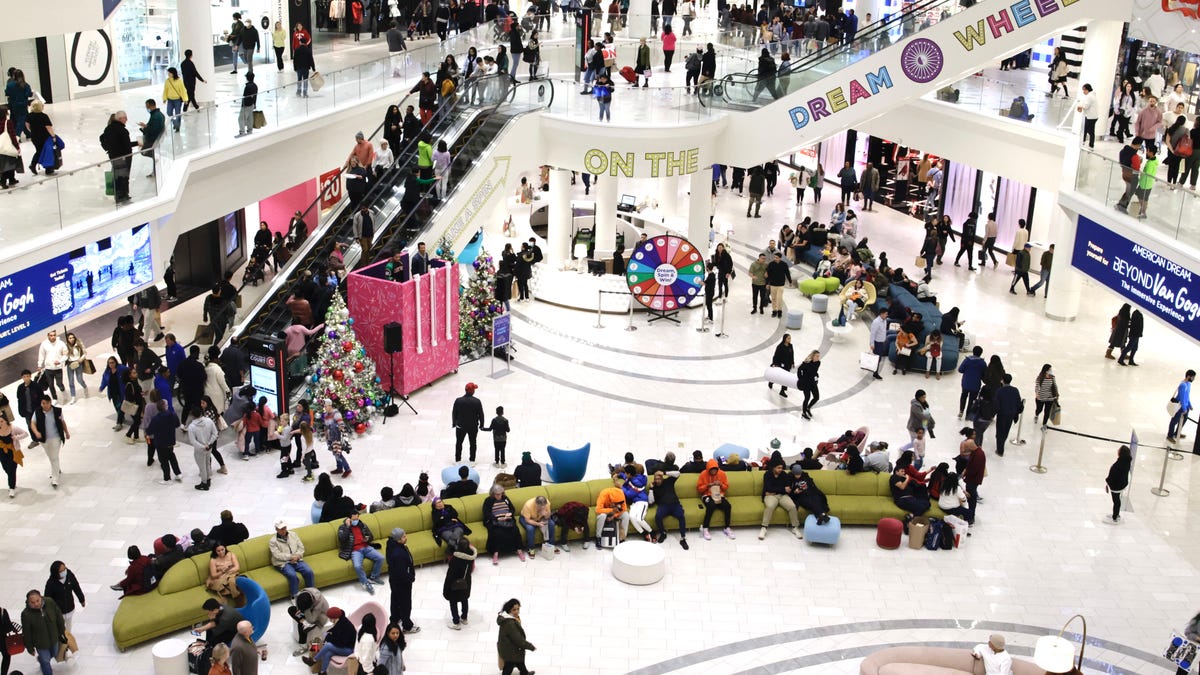
Auto loan delinquencies hit 15-year high as economic stress spreads
Rising car payment defaults among both subprime and prime borrowers indicate mounting economic pressure on American consumers.
Money Talks News
Corrections & Clarifications: An earlier version of this story misspelled Jeremy Horpedahl’s name.
America’s middle class is spooked about the economy.
Consumer confidence has been falling for most of the past year. On a closely watched University of Michigan index, consumer sentiment sagged to 55.4 in September, down from 70.1 a year ago.
Economic anxiety runs “particularly strong among lower- and middle-income consumers,” said Joanne Hsu, director of the Michigan surveys.
Another index of consumer sentiment, measured daily by Morning Consult, shows that middle-class consumer confidence fell off a cliff this summer.
Higher-income Americans (earning more than $100,000 a year) have held relatively positive views on the economy all year, the Morning Consult survey shows. Lower-income consumers (earning under $50,000) have consistently held more negative views.
Middle-income Americans, earning between $50,000 and $100,000, were tracking the buoyant sentiments of high earners through most of the year.
But in June, middle-class confidence gave out. The index for middle-income earners slipped from a peak of 113.2 to a low of 99.5 in that month. (A score of 100 would signal neutral feelings on the economy.)
As of Sept. 15, the index sat at 98.7 for middle-income consumers, 121.5 for upper-income spenders, and 86.9 for low-income households.
“There was a big spike in confidence in the spring of this year among the middle class, and then it fell back down,” said Jeremy Horpedahl, an economist at the University of Central Arkansas and adjunct scholar at the libertarian Cato Institute.
Middle-income Americans are feeling the pinch
Heading into autumn, big retailers report middle-class shoppers are combing bargain bins and hitting the checkout aisle with lighter carts.
In an August earnings call, Walmart CEO Doug McMillon spoke of seeing “more adjustments” in spending “in middle- and lower-income households” than among higher-income consumers.
In another earnings call, Kohl’s interim CEO Michael Bender reported that “our lower- to middle-income customers remain the most challenged,” trading down to cheaper wares, “while our higher-income customers have proven to be more resilient.”
The same headwinds are driving more middle-income consumers to dollar stores, a trend noted by Dollar General’s CEO in a late-August call.
What, exactly, about the economy is unnerving the middle class? Is it inflation, which accelerated again this summer after punishing consumers for the past three years? Is it President Donald Trump’s tariff campaign, which threatens to push prices higher still? Is it the nation’s softening job market?
All of those factors may be to blame, economists say.
“You can’t put your finger on one thing,” said Ryan Sweet, chief U.S. economist at Oxford Economics.
Donald Trump pledged a golden era for the middle class
On the campaign trail last year, candidate Trump vowed, “Under my plan, incomes will skyrocket, inflation will vanish completely, jobs will come roaring back, and the middle class will prosper like never, ever before.”
Several months into Trump’s second presidency, inflation-adjusted wages are lower than they were five years ago. Inflation endures. Unemployment is drifting up.
Despite those economic setbacks, upper-income Americans are flourishing.
The top 10% of earners now account for more than 49% of all consumer spending, the highest level in decades of data, according to an analysis by Mark Zandi, chief economist for Moody’s Analytics.
Top earners are “benefiting enormously from the runup in asset values,” Zandi said. From the stock market to real estate prices: “You name it, everything’s up.”
Middle-income households are earning money on the stock market, too. But they own a lot less of it.
“A huge percentage of Americans aren’t in the market at all,” said Lindsay Owens, executive director of the Groundwork Collaborative, a progressive think tank.
“Increasingly we have this two-tiered economy, where the very top earners, the very top households, are just doing gangbusters,” she said. “And increasingly, the rest of the country looks more and more similar to each other.”
Upper-income Americans are prospering, everyone else, not so much
Upper-income Americans have reaped most of the rewards from rising stock and real estate values. The wealthiest 10% of Americans own nearly 90% of the stocks, according to a Motley Fool analysis. The wealthiest 1% command enough wealth to buy nearly every home in America, Redfin reports.
Many middle-income consumers own homes and have shared the spoils from rising property values, Zandi said. But their incomes and spending “have barely kept pace with inflation since the pandemic,” he said.
Middle-class Americans saved money at historic rates in the early pandemic years, federal data show. Since then, however, middle-income households “have blown through their excess savings, and then some,” Zandi said, to cover rising prices and debt payments such as “credit cards, auto loans, even student loans.”
Middle-income families are more dependent on a strong labor market than wealthier Americans, the economists said. And right now, many Americans are worried about their jobs.
Employers added only 22,000 jobs in August. Revised numbers showed the economy shed 13,000 jobs in June, the first losses since 2020. Unemployment stands at 4.3%, the highest rate since October 2021.
“I think what we’re seeing is, the number of job openings is falling steadily,” Horpedahl said.
The nation’s economy increasingly relies on upper-income consumers. Their spending hinges, in part, on a healthy stock market. If stock prices should sink, then high-income Americans might close their wallets.
“The economy is so dependent on the tippity top of the income distribution,” Zandi said. “Things are great when stock prices are up, but they could turn around very quickly if stock prices go down.”
This story was updated to add a gallery.

